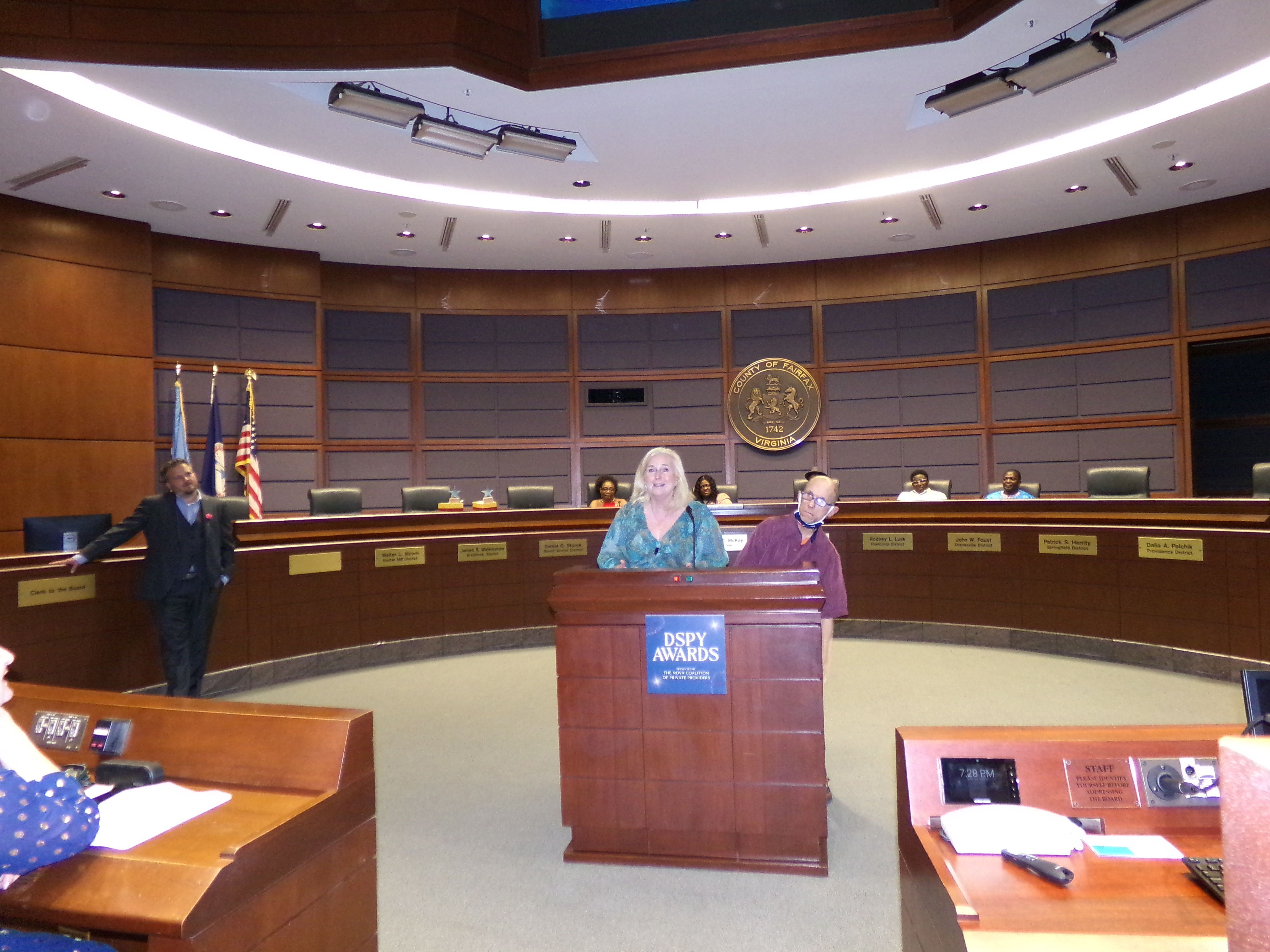Down syndrome was named after John Langdon Down, a British doctor who, in 1866, was the first to classify this condition. Langdon Down began his career as the chief physician at the Earlswood institution, which cared for individuals with intellectual and developmental disabilities.
Although he had no prior experience in caring for people with such disabilities, Langdon Down showed a profound interest and empathy for them. At a time when many ignored their value and humanity, he recognized their dignity and was outraged by the inhumane treatment they received. Physical punishment, poor hygiene, and high mortality rates were common in institutions of that era.
Determined to change this reality, Dr. Langdon Down implemented transformative measures. He hired new staff, demanded proper care and strict hygiene, banned physical punishment, and introduced activities such as crafts and hobbies for the patients. Moreover, he photographed his patients with care and sensitivity, portraying them in elegant attire and favorable poses. These images, part of a collection of over 200 photos, supported his clinical descriptions of Down syndrome, detailing physical characteristics and other relevant medical observations.
In 1868, Langdon Down took an even greater step by acquiring a mansion to house people with Down syndrome. He did not treat it as a mere institution but as a space that met the highest standards of comfort and hygiene. Residents received private education and learned activities such as horse riding, gardening, crafting, and other creative practices. To further enrich their lives, the doctor built a small theater attached to the mansion, promoting artistic and social development among the residents.
This mansion, named Normansfield, still stands today in the United Kingdom. It is now known as The Langdon Down Centre and houses the Normansfield Theatre, preserving the legacy of care and respect initiated by John Langdon Down.
It is important to emphasize that the name “Down” has no relation to delays or prognosis associated with the condition. It simply honors a doctor whose sensitivity and dedication marked a new era in the care and recognition of the dignity of people with Down syndrome.



